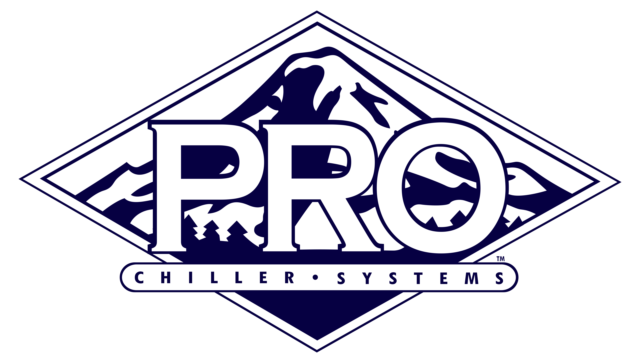These systems are profoundly changing the way producers manage their lactating cows for increased herd health, performance and profitability.
Faster feedback
The more quickly a problem is identified and addressed, the lesser its impact. That’s certainly true on a dairy farm. Whether it’s a disease outbreak, feed issue or labor concern, a problem rarely goes away on its own; it only gets bigger and costlier. From a management perspective, solving a problem involves four key steps: identification, analysis, response and evaluation.
Electronic animal monitoring improves two aspects of the problem-solving process compared with traditional herd management. It decreases the time needed to identify a problem from its onset and delivers faster feedback on a cow’s response to the implemented solution. Identifying problems more quickly also allows managers to better understand the cause-and-effect relationship between the problem and its symptoms, and choose the appropriate response.
Here’s an example of this concept: With last fall’s wet harvesting conditions, many producers faced challenges with mycotoxin contamination in feed.
On a traditionally managed dairy, it may take days or months to discover mycotoxin contamination based on reproductive, health, transition and production symptoms. How much time will pass until issues appear in a manner that will draw management’s attention to the problem? Does anyone hit the panic button after one bad pregnancy check?
When these signs finally are identified, backtracking to identify their source can significantly strain management resources and operational productivity. And the manager risks misclassifying the true root of the problem due to the time that elapsed since it began.
It’s also difficult to truly monitor cows’ response to the chosen solution on a traditionally managed dairy. When will the manager know the issue is solved? It could take anywhere from days to months for management to be sure the problem was remedied. What about the total cost of choosing the wrong solution and beginning the problem-solving cycle all over again?
Let’s use an example of how an electronically monitored dairy responded quickly and accurately to a feed quality issue.
A Southeastern U.S. dairy that purchases carloads of distillers grains received a load that had gotten wet. Since the load had been wet for only a day or two before feeding, the manager mistakenly thought it would not be a problem and added the ingredients to the cows’ ration.
The next day, electronic monitoring reports showed a drastic drop in cows’ rumination as a result of eating the ration with the wet distillers grains. After seeing this negative effect, the manager immediately removed the wet distillers grain from the ration. Within hours, rumination levels returned to pre-change levels, minimizing the negative impact on the herd. The rumination report generated by the monitoring system clearly showed the dramatic cow responses, first to the problem and then to the successful solution.
Managing lactation groups
Electronic monitoring also can help producers manage lactation groups. Proper grouping plays a role in improving cow health, boosting production, raising income over feed costs and improving parlor efficiencies. Successful grouping strategies depend on suitable facilities, time to manage grouping decisions, adequate labor to execute them and resources to prepare and deliver multiple diets.
Even in the best-run dairies, individual cows may drift from their assigned groups, compromising many of the expected benefits of strategic grouping. Management is left with the operational challenges of identifying cows that aren’t where they should be, finding them and bringing them back to their assigned groups. These inefficiencies and extra work all negatively impact herd profitability.
Adding a sorting gate or a milking parlor to an electronic cow-monitoring system solves those problems almost automatically. As a cow goes through either the parlor or the sort gate, a detailed algorithm reviews her assigned group relative to the cows within that physical space alongside her. If the cows around her are from a different group, she will be flagged by the algorithm and added to a report that identifies “cows milked outside their group.”
Now management has two options. The first, more cumbersome method is to manually look for that misplaced cow in the pen, find her and move her to the correct pen.
If the dairy has a sort gate, a more efficient method is to assign the report to the sort manager during a specific shift. Cows on this report then sort automatically when they go through the gate at the scheduled time. Even if the monitoring system makes a mistake and wrongly singles out a cow for being outside her assigned group, she can be returned to her assigned group with minimum disruption to her or the farm’s routine.
Better culling decision-making
Another way monitoring can aid milking string management is through better culling decisions. In every herd, some cows milk well and conceive easily. Yet even with the best management, other cows simply don’t make enough milk or remain open at later stages of their lactations. Clearly, these cows create a major dent in overall herd profitability, creating an urgent need to identify them and determine their future in the herd.
Electronic animal monitoring linked to the milking system can provide actionable information to help the producer take these steps. Using these reports, managers can determine a breakeven daily milk production level for the herd. Any cow with milk production falling below the breakeven point probably is not paying her way and should be analyzed for days in milk, pregnancy status, age and any health problems she may have experienced during the current lactation.
Armed with this information, the producer can determine whether the cow should remain in the herd or be replaced with a more profitable animal. Going through this process on a monthly basis helps the manager make timely culling decisions.
Used together, electronic monitoring reports give dairy managers useful information that leads to faster problem-solving, better group management and timely decision-making to help improve the efficiency and profitability of the operation. ![]()

-
Haim Fleminger
- Director of Business Development
- Allflex Livestock Monitoring
- Email Haim Fleminger






